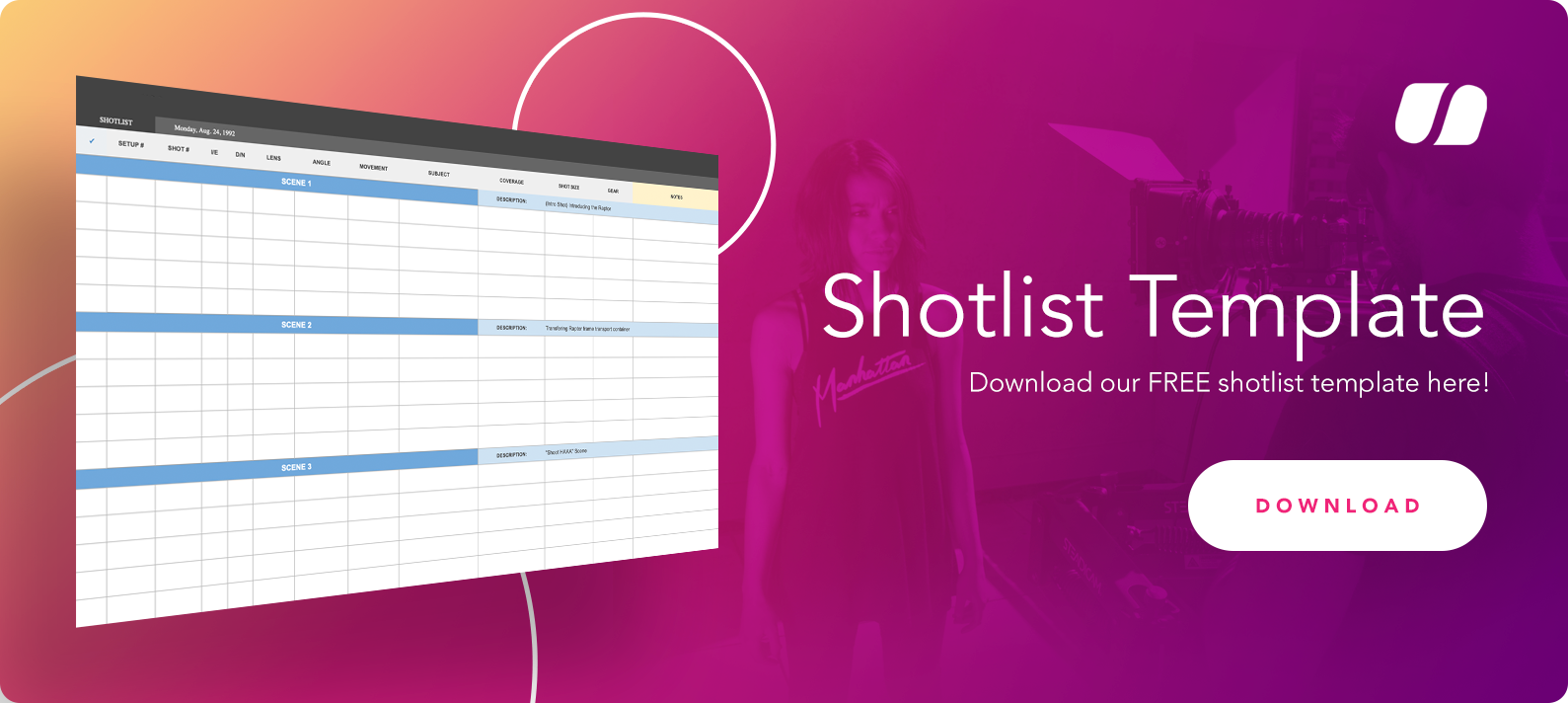After a time or two in the post-production stage, creators begin to develop their own rituals for editing down RAW footage into a project’s final state.
For one creator, editing each clip in a sequential order might be the best way to consistently meet deadlines. On the other hand, another creator might find the most success when starting with a particular scene and editing everything else around that segment.
This is the beauty of the creative process. Through trial-and-error, you can structure your entire video production process in ways that make you more productive and efficient.
How you take on the editing process is entirely up to you, but have you ever considered why this is possible?
Even if you don’t recognize the term “non linear editing,” odds are you’re more familiar with it than you think. Non linear editing (or NLE) is the reason why the editing process can look different from creator-to-creator.
NLE allows you to duplicate the original footage and make edits without worrying about altering the original content. You can start with any clip on the timeline rather than following the sequence from beginning to end.
In this article, we'll cover the ins and outs of how NLE uncomplicated post-production for filmmakers and videographers.
Post-Production Before Non-Linear Editing
Before non linear editing was fully-realized, the post-production process involved cutting physical footage by hand and using linear methods to join the edited clips together. With the emergence of digital editing software, NLE took precedence over linear editing for various reasons.
For one, linear editing is far less forgiving than NLE. As the name suggests, edits are made sequentially from the first clip to the last clip without exception. Because of this, you’re not able to isolate an individual clip for editing without re-copying the rest.
This leaves little room for error — which can be troubling when reviewing and editing hours of RAW footage for a major project. In full transparency, linear methods can over-complicate post-production while non linear methods can simplify it.
To better understand why this is the case, it’s important to recognize how exactly non linear editing benefits modern creators like you.
Why NEL Simplifies Post-Production
Flexible Editing
During post-production, you’re often working against a fast-approaching deadline.
Even if you leave ample time for the editing process, issues can occur along the way and slow progress. In times like this, linear editing will only add to the pressure of meeting deadlines by being inflexible.
While preparation is crucial when working on a new project, so is the ability to adapt quickly to unexpected changes. You might arrange the shot and stock footage like you planned in the shot list only to realize that another arrangement would have a stronger effect.
Non linear editing in its most modern form is extremely flexible and capable of doing just that.
You can capture and edit footage without having to follow sequential order. So if you’re excited to edit a shot — regardless of where it falls on the timeline — there’s nothing standing in your way. This flexibility takes some of the pressure off of the process.
Freedom to Make Mistakes
Linear editing hinders the creative side of post-production because, with each edit, there is so much at stake. Changes to the footage can be reversed, but not easily. Adding new clips to the timeline can be done, but it’s often more trouble than it’s worth.
Because NLE allows for flexibility, you don’t have to feel obligated to produce a perfect final project in the first round of edits. If you discover that something is missing when reviewing your project’s progress, you can immediately address this without hassle.
Let’s say you didn’t include an aerial shot in a project’s shot list but believe it would enhance the setting. In this case, you can easily find and integrate stock video into the timeline. The same can be said for establishing shots, long shots, and model shots.
Instead of worrying about whether an edit is logistically possible, you have the freedom to try out different creative styles and reverse any edits that don’t have the right effect.
Additional Software Features
The majority of video editing softwares that you use on a daily basis are specifically designed for NLE. As a result, these softwares can handle excessive amounts of RAW footage and media files.
To further simplify the editing process, softwares like the ones listed below are equipped with features that enhance the visual appearance and sound quality of video and film projects.
With a NLE software, you can modify the color grading of individual clips or apply LUTs across the entire timeline for a cohesive appearance. As you work toward the final edit, you can also manipulate shadows and exposure to strengthen the imagery.
This is all to say that modern video editing software simplifies post-production through non linear editing and specialized features.
Popular NLE Software
NLE softwares are in high demand, and rightly so. Whether you’re working on an independent film, YouTube video, or corporate campaign, there is a wide range of options available to you.
The video editors included below are popular among creators with the common goal of creating top-quality video and film projects.
Take on Any Project with Non-Linear Editing
Whether you’re taking on a short or long-form project, non linear editing is highly adaptable for new and experienced videographers alike.
If you prefer to edit footage in a linear fashion, you still have the ability to do so. The core difference between linear and non linear editing is that the latter is versatile whereas the former is cut-and-dry.
Regardless of how you go about the editing process, it’s worth noting that creative styles adapt over time. The process that works best for you now might not in six months or a year — in which case, you can readjust your approach and consider new options.
Your budget, deadline, and software significantly impact the post-production process. These elements factor into your creative decisions and can even work against you if anything goes wrong.
While you can’t account for every possible scenario, taking the NLE approach will give you an upper hand so that you can adapt quickly without complication.



